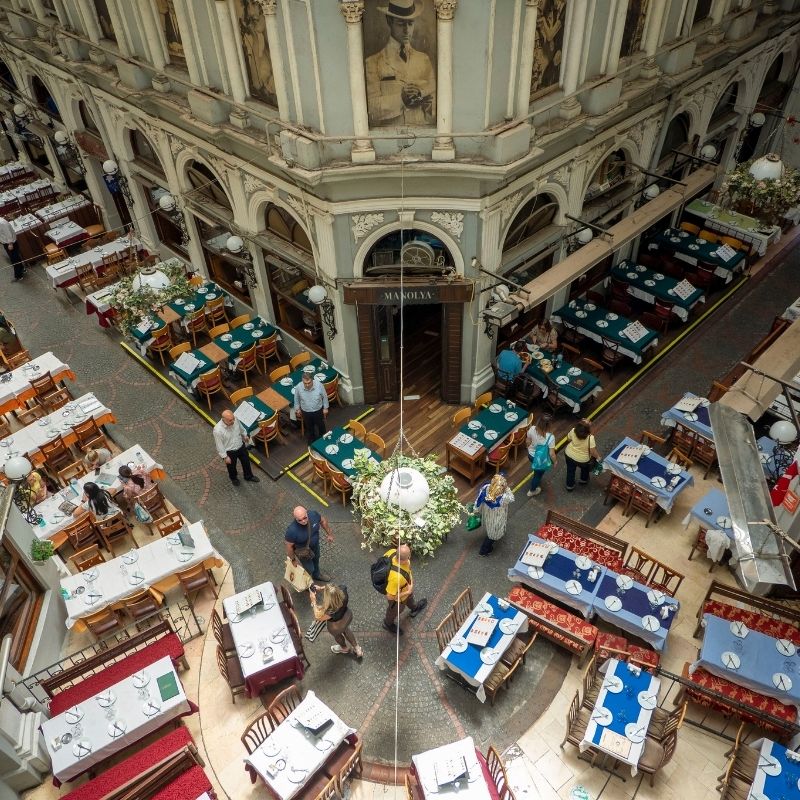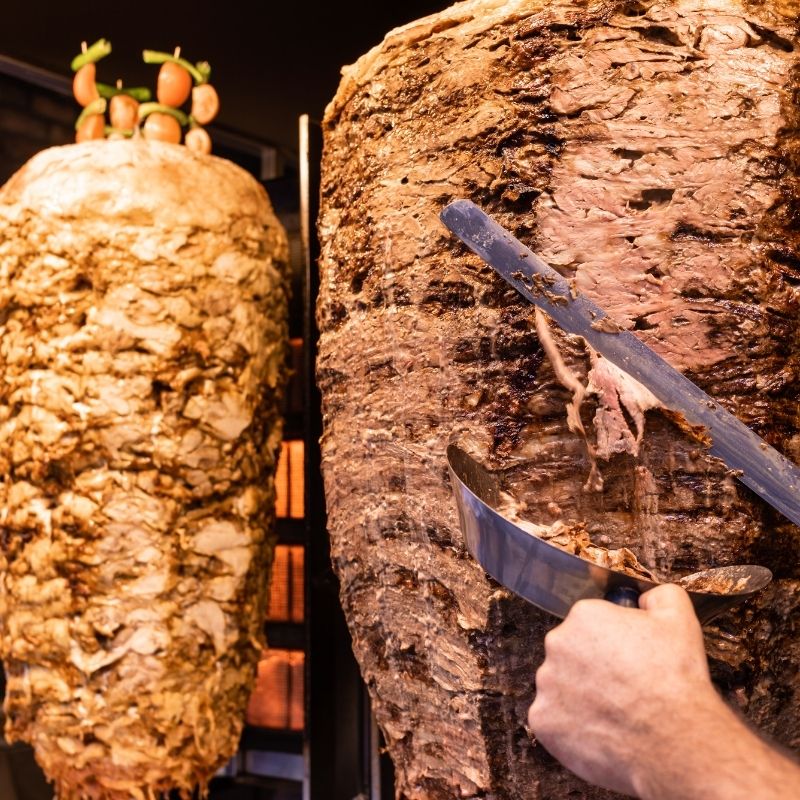
Historical Schools of Istanbul
27.08.2024 13:13
Dating back to the Ottoman period with their heritage shedding light on the history of education, these schools continue to attract the attention of visitors with their eye-catching architecture.
Historical Schools of Istanbul See On Map
Leave a Comment


































aM0ZeCCzVV.webp%3Falt%3Dmedia%26token%3D4d56656e-99da-445b-b24f-257c0c8956e1&w=3840&q=75)







